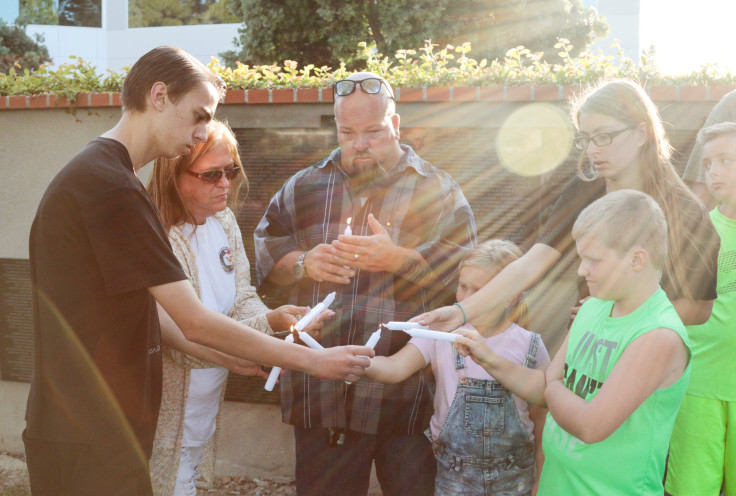Why Do More Men Than Women Die By Suicide In The United States?

Did you know that suicide is the tenth highest cause of death in the United States? And men die by suicide 3.5 times more than women.
According to 2015 official data by American Association of Suicidology, 121 people died by suicide every day out of which 93 were men. The recent death of 52-year-old Seattle grunge rock icon, Chris Cornell, who killed himself after a concert in Detroit came as a shocker to many but its a reflection of scores of middle-aged American men who attempt or die by suicide each day.
American Foundation for Suicide Prevention reported that white males accounted for 7 out of 10 suicides in 2015 and the rate of suicide is highest among the middle aged white men.
Read: 15 Signs That Could Show Tendencies In Young People To Commit Suicide
Is this a new phenomenon or has it been there since long? "Historically, suicide rates have always been higher for men", said Dr. Alex Crosby, surveillance branch chief in the Center for Disease Control and Prevention's (CDC) Division of Violence Prevention. "But what we've seen in these past few years is rates have been going up among males and females," he told journalists attending a National Press Foundation conference in September last year. "Still, rates are higher among males — about four times higher," US News & World Report had reported citing Crosby.
@DeptVetAffairs calls #suicideprevention their "highest clinical priority" https://t.co/dQnS6crfz2 @JakeLowary @TSPNorg @UofMemphisPres pic.twitter.com/ED7kiwvgE0
— The S Word (@SuiDoc) May 29, 2017
Middle-aged men (35 to 64 years of age), represent 19 percent of the population in the the U.S. and account for 40 percent of the suicides in the country. What's worrisome is that both — the number of men in this age group and their relative representation in the U.S. population — are increasing, according to a study done by Suicide Prevention Resource Center.
Doctors caution that untreated mental illness can make people more vulnerable. Dr. Dan Reidenberg, executive director of Suicide Awareness Voices of Education (SAVE) and managing director of the National Council for Suicide Prevention said that bipolar disorder, depression, anxiety disorder or any kind of the mood disorders are key contributors in terms of diagnoses, according to a report.
Schizophrenia and eating disorder are the other less frequent cited reasons for the rising number of suicides among men. Reidenberg added: "For some, especially males, especially under high-stress situations, the opioid epidemic and overdose has become a significant contributing factor to [suicide]."
Another contributing factor is that men tend to use methods that ensure death, unlike women. Men die by firearms or by suffocation, whereas women often try to poison themselves.
In 2010, 77 percent of suicides among middle-aged men was from firearms or hanging, compared with 49 percent of suicides among women.
If you analyze the factors that are causing the spike in suicide rates for middle-aged men, there isn't just one, a report said citing Christine Moutier, M.D., the chief medical officer for the American Foundation for Suicide Prevention. She said that there are likely to be multiple factors behind this occurrence that makes middle-aged men more vulnerable.
For instance, generally, the nature of men is such that they tend to be more resistant than women when it comes to getting mental help in the first place. They operate under the belief that they can get through mental-related illnesses on their own, according to Moutier.
“The protective thing to do is reach out and connect with people, both interpersonally for social support, but also to access mental health care,” she said.
However, it is not always easy to make men seek professional help. Doreen Marshall, a psychologist and the vice president of programs at the American Foundation for Suicide Prevention, told NBC News that "you don't need to be a clinician to help somebody."
"Men may not seek help in the same way. It's even more important that family members and friends around them really try to engage the men they are concerned about," said Marshall.
Marshall said that traditional methods such as professional mental health clinics are not likely to work to combat suicide in middle-aged men. Hence, her organization has gone creative by reaching out to those men at risk, directly.
"We formed a partnership with the National Shooting Sports Foundation," said Marshall, "to get the message out to retailers and gun ranges, hunting clubs, those kinds of groups." Her organization targets gun shops and distributes pamphlet about suicide risk and prevention.
© Copyright IBTimes 2025. All rights reserved.





















